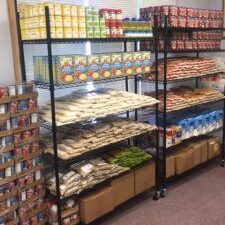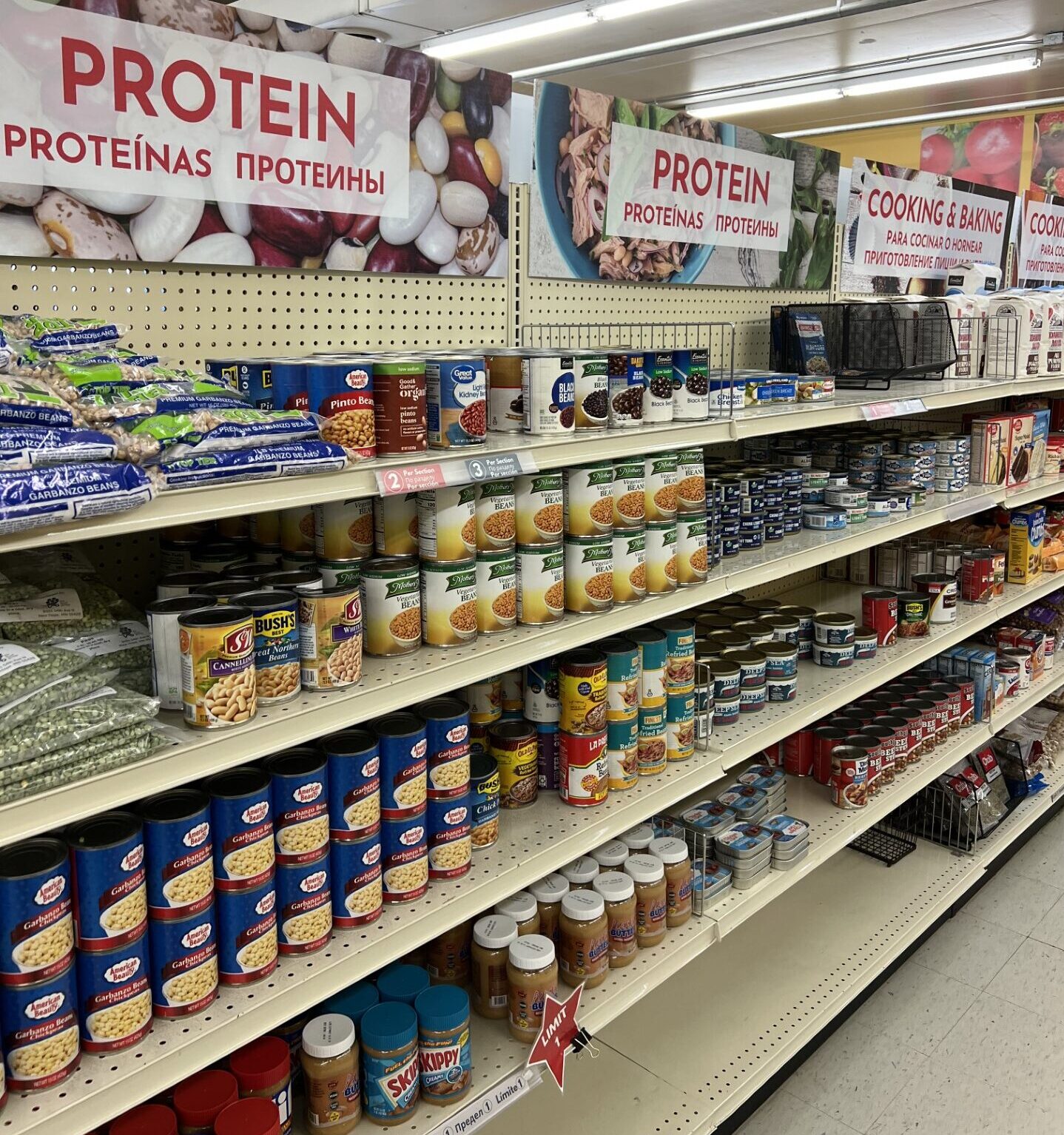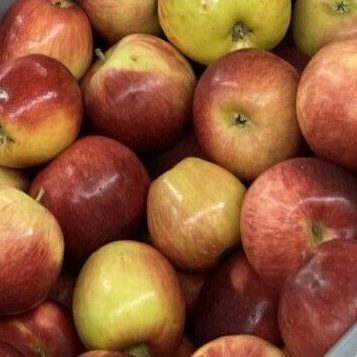Supporting 101 food shelves across Minnesota
muslim people passing food during fasting dinner together
Over $1,000,000 was invested for Minnesota families struggling with food insecurity from rising economic inflation and a reduction in COVID relief efforts.
With more than 375 food shelves serving over 3 million Minnesotans, the state’s hunger relief system is vast, complex, and ever-changing. A vital element in this system is the role of the community food shelf, which provides healthy food and welcoming experiences for all in need.
In 2022, Minnesota food shelf visits skyrocketed by 2 million — 53.5% more than the previous year. Rising food prices and waning COVID-19 relief funds fueled this alarming demand for community food shelf resources across the state.
To support the 1 in 9 Minnesotans experiencing food insecurity every day, the Local Initiatives program at Margaret A. Cargill Philanthropies identified 101 community food shelves to each receive a one-time gift of $10,000 for their food programs that support Black, Indigenous, Asian, and Latine people in rural and urban communities, and college students experiencing economic poverty.

West African Family Food Shelf
“The last few years have been difficult as families have had to respond to a pandemic and inflation. In a recent survey of 250 participants, we learned that 73% of adults ages 18 to 59 are working and not making enough to care for their needs.”
—Stephanie Lehman, Anoka County Brotherhood Council Food Shelf
Stephanie continued, “one participant shared with us, ‘I work full-time and have income coming in, but sometimes even people who work will struggle financially. Full-time working families are the ones who must struggle in silence, and it hurts to feel so alone. You can’t ask for help because society thinks just because we have a job, we shouldn’t get any.’”

Support Where It’s Needed Most
The 101 food shelves were selected with an aim to equitably identify organizations in all six of Minnesota’s rural regions. Another prioritization was to support food shelves in the rural areas most impacted by economic poverty, including those with Tribal, mining, and immigrant communities in the Northeast and the Northwest regions.
In addition to selecting food shelves across these regions, MACP also invested in partners focused on partners less likely to receive philanthropic funding, like the West African Family Food Shelf, which is unique in supplying culturally-specific foods from West Africa that are not typically found at mainstream grocery stores.
Or like the Anoka County Brotherhood Council Food Shelf, which has been adapting to serve its evolving demographics. “We are responding by purchasing culturally specific food items, having signage and other print material be more reflective of our participants, and increasing community outreach efforts. The need continues to grow, and we continue to grow to meet that need,” commented Stephanie.

Anoka County Brotherhood Council Food Shelf

All Together
MACP’s ongoing relationship with our community foundation partners — The Minneapolis Foundation and the Saint Paul & Minnesota Foundation – has kept us informed of the most pressing issues impacting Minnesotans, like the rising food security pressures in 2022. With these donations, including financial support from MACP, food shelves were able to immediately buy some of the food and items needed to operate their food programs.
“We have seen children’s health benefit, as well as achieve academic goals due to healthy food and meals received from Shiloh Cares Food Shelf. We fed students and Minneapolis Public Schools Systems staff during the strike and took meals and food to the doorsteps of families with children.”
— Bishop Richard D. Howell, Jr., Shiloh Cares Food Shelf
Nearly 500,000 Minnesotans do not know where their next meal is coming from. It will take Minnesota’s philanthropic resources, community volunteers, and strategic advocacy efforts working all together to address this time of unprecedented food insecurity.
But thanks to the vision, passion, and dedication of thousands of community food shelf workers and volunteers, food distribution is reaching high-need populations in urban and rural Minnesota communities every day.